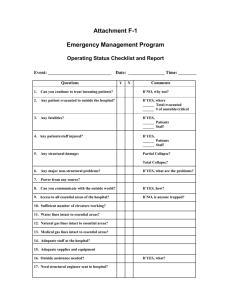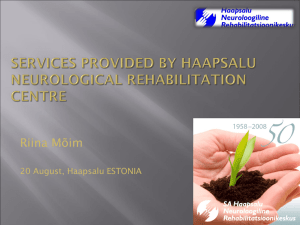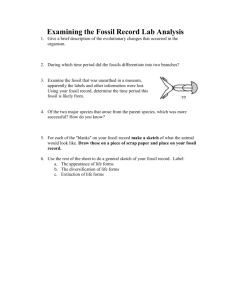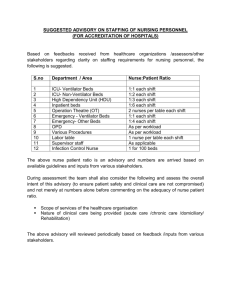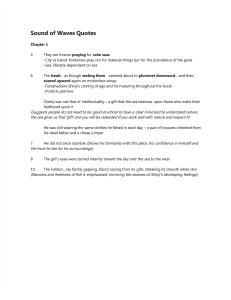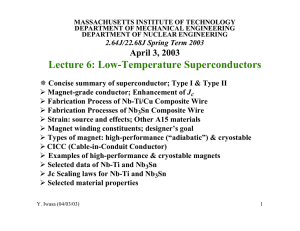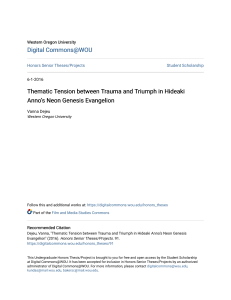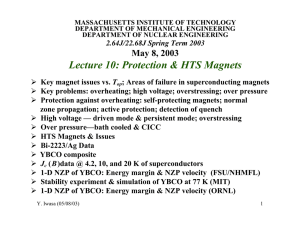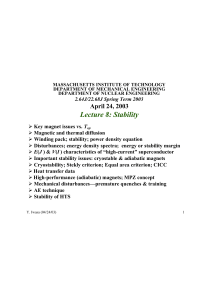On the Locality of Desmostylus on the South Bank of Lake Shinji
advertisement
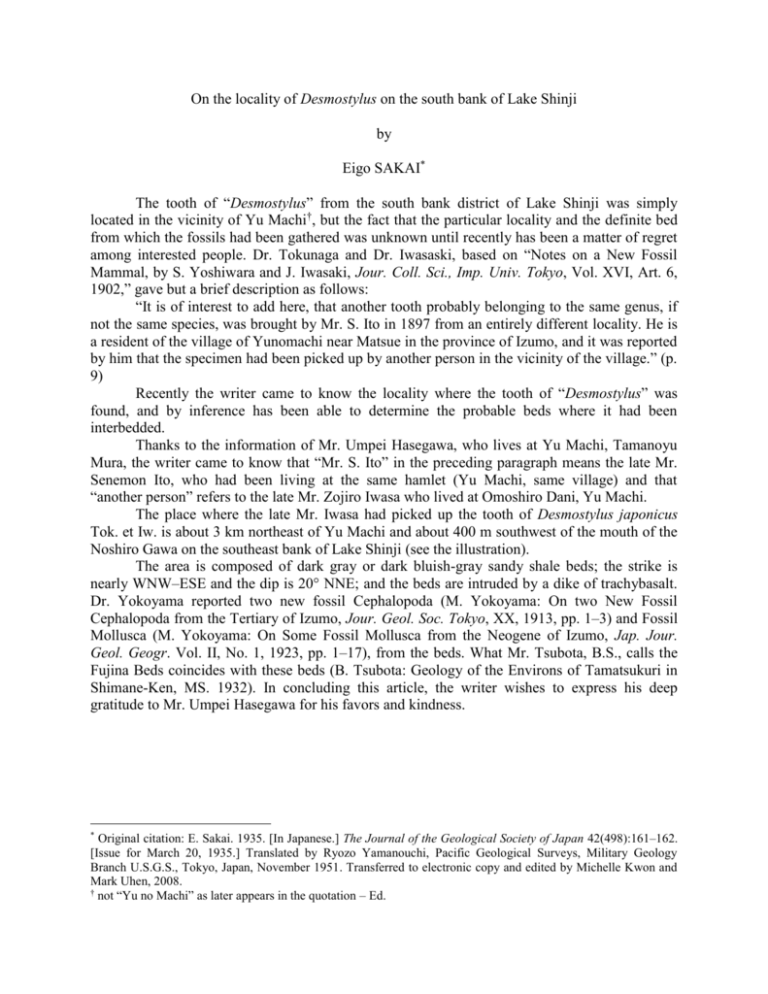
On the locality of Desmostylus on the south bank of Lake Shinji by Eigo SAKAI* The tooth of “Desmostylus” from the south bank district of Lake Shinji was simply located in the vicinity of Yu Machi†, but the fact that the particular locality and the definite bed from which the fossils had been gathered was unknown until recently has been a matter of regret among interested people. Dr. Tokunaga and Dr. Iwasaski, based on “Notes on a New Fossil Mammal, by S. Yoshiwara and J. Iwasaki, Jour. Coll. Sci., Imp. Univ. Tokyo, Vol. XVI, Art. 6, 1902,” gave but a brief description as follows: “It is of interest to add here, that another tooth probably belonging to the same genus, if not the same species, was brought by Mr. S. Ito in 1897 from an entirely different locality. He is a resident of the village of Yunomachi near Matsue in the province of Izumo, and it was reported by him that the specimen had been picked up by another person in the vicinity of the village.” (p. 9) Recently the writer came to know the locality where the tooth of “Desmostylus” was found, and by inference has been able to determine the probable beds where it had been interbedded. Thanks to the information of Mr. Umpei Hasegawa, who lives at Yu Machi, Tamanoyu Mura, the writer came to know that “Mr. S. Ito” in the preceding paragraph means the late Mr. Senemon Ito, who had been living at the same hamlet (Yu Machi, same village) and that “another person” refers to the late Mr. Zojiro Iwasa who lived at Omoshiro Dani, Yu Machi. The place where the late Mr. Iwasa had picked up the tooth of Desmostylus japonicus Tok. et Iw. is about 3 km northeast of Yu Machi and about 400 m southwest of the mouth of the Noshiro Gawa on the southeast bank of Lake Shinji (see the illustration). The area is composed of dark gray or dark bluish-gray sandy shale beds; the strike is nearly WNW–ESE and the dip is 20° NNE; and the beds are intruded by a dike of trachybasalt. Dr. Yokoyama reported two new fossil Cephalopoda (M. Yokoyama: On two New Fossil Cephalopoda from the Tertiary of Izumo, Jour. Geol. Soc. Tokyo, XX, 1913, pp. 1–3) and Fossil Mollusca (M. Yokoyama: On Some Fossil Mollusca from the Neogene of Izumo, Jap. Jour. Geol. Geogr. Vol. II, No. 1, 1923, pp. 1–17), from the beds. What Mr. Tsubota, B.S., calls the Fujina Beds coincides with these beds (B. Tsubota: Geology of the Environs of Tamatsukuri in Shimane-Ken, MS. 1932). In concluding this article, the writer wishes to express his deep gratitude to Mr. Umpei Hasegawa for his favors and kindness. * Original citation: E. Sakai. 1935. [In Japanese.] The Journal of the Geological Society of Japan 42(498):161–162. [Issue for March 20, 1935.] Translated by Ryozo Yamanouchi, Pacific Geological Surveys, Military Geology Branch U.S.G.S., Tokyo, Japan, November 1951. Transferred to electronic copy and edited by Michelle Kwon and Mark Uhen, 2008. † not “Yu no Machi” as later appears in the quotation – Ed.

